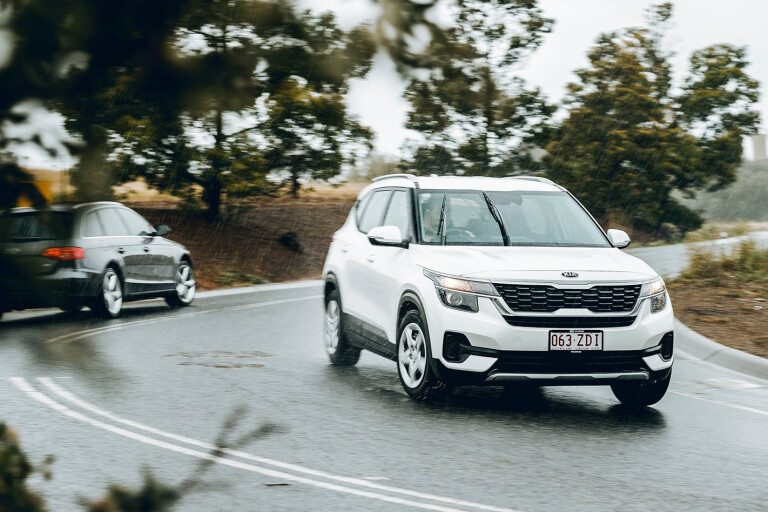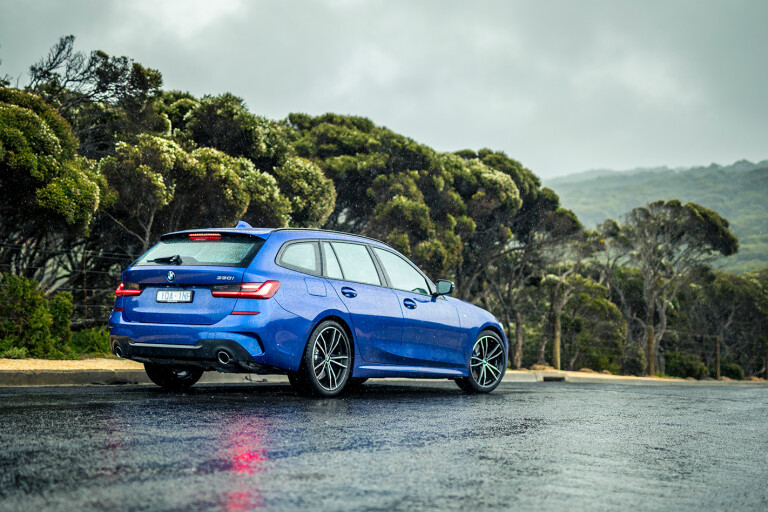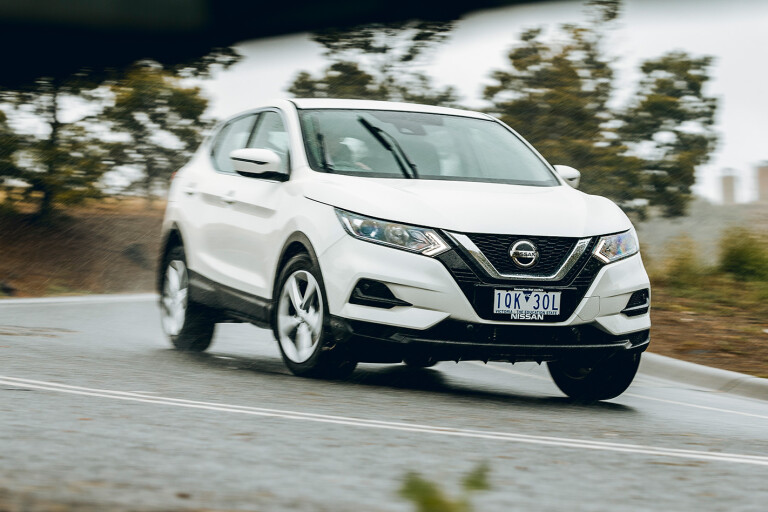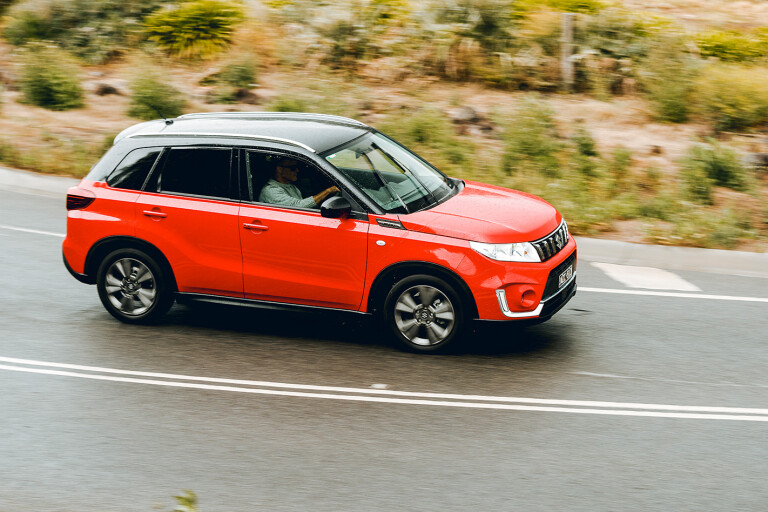
It's hard to fathom just how drastically the Australian public's driving abilities change at the first sight of rain. Traffic banks up, stopping distances aren't adhered to and the oft-mentioned mantra of 'drive to the conditions' is thrown out the window.
Driving in the wet can substantially change how car behaves, how other road users behave and impact stopping distances as well. If your car's tyres don't have a sufficient level of tread then that could also be exacerbating its pitfalls in terms of wet weather handling.

There are some simple ways to ensure that you, your passengers and your car are at their safest when rain does start to fall on the road, but most importantly we want to drill home the importance of 'driving to the conditions'.
GET YOUR CAR SERVICED
No matter what time of the year, it’s important to have your car serviced and in roadworthy condition in order to have the best chance in wet weather conditions. It’s an important step in ensuring you suffer as few issues on the road as possible.
USE YOUR HEADLIGHTS
You should regularly check your car’s headlights are working at the front and the back.

When storm clouds cover the sun and things start to get a little bit dark, your beams should be on. So when it starts to rain, and visibility is low, you know which way you should flick the switch - on. Most new cars come with automatic lights these days, but flick them on manually if you’re unsure they’re working.
Depending on the level of fog or visibility, also consider using fog lamps.
ALLOW MORE TRAVEL TIME
There’s no point risking an accident to rush to a destination while the roads are slippery. The propensity for accidents is higher during the rain, and people are generally driving slower, so everything will take a bit longer than usual. Allowing enough time will mean you can account for the rainy traffic and also take it slow to avoid ending up in an accident.

MAINTENANCE
Even if your car has been serviced recently, you should check things like brakes for performance, tyre pressures and washer fluid levels.
Slippery conditions take their toll on a car's brakes. If your car makes noises when you plant the anchors, or if the pedal feels like it’s going all the way to the floor, get them checked by an expert as soon as possible.
You’ll also need to make sure windscreen wipers and washers are in good order. If the wipers leave streaks across the windscreen replace them. Anti-water protector will help rain water bead up and roll off your windshields and mirrors like it does off the proverbial duck’s back.

KEEP YOUR DISTANCE
Your stopping distance increases dramatically during wet weather. In fact, it’s almost double. On dry roads, stopping distance should be measured at two seconds. In the wet, it is recommended that you double your gap between you and the car in front.
Also, try following tyre tracks of the car in front of you. It’ll avoid you creating your own path in slipperier parts of the road. The same thing should be done through mud and snow.
TYRES
Good tread is essential for grip on wet roads and you need a minimum of 1.5mm of tread depth across the face of the tyre. Keep your tyre pressures at the recommended PSI, as underinflating them will use more fuel.

Ensure your spare tyre is inflated and your jack and associated kit is in working order should you need to change a tyre. It’s also a good idea to carry something to kneel on should the roads be wet or hot.
PLAN AHEAD AND AVOID FATIGUE
No matter what time of the year you plan on travelling, it’s always important you plan head and check if there will be any interruptions to your road trip. Things like road works can delay time, but weather related obstructions can become risky, particularly during wet season when floods become a threat or felled trees which can block roads. It’s also a good idea to have places to stop, including service stations, planned on your map, so you can grab any refreshments you need, but you’ll also know where to stop if you need any help.
Regular stops as well as keeping hydrated are important to your safety. Driving over long distances is fatiguing at the best of times, let alone during rainy weather.
This story was originally published by David Bonnici.
COMMENTS